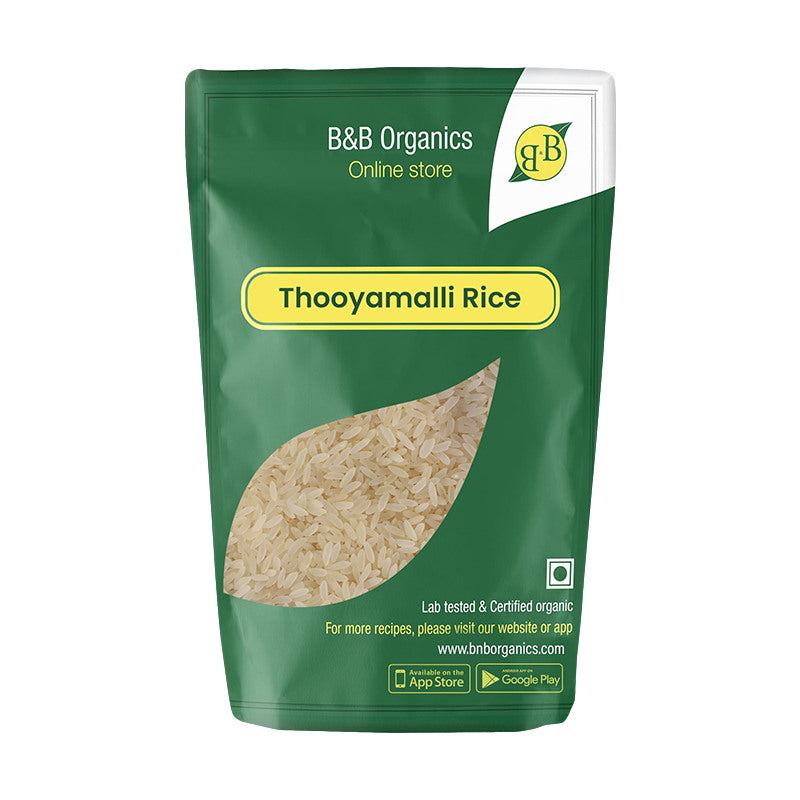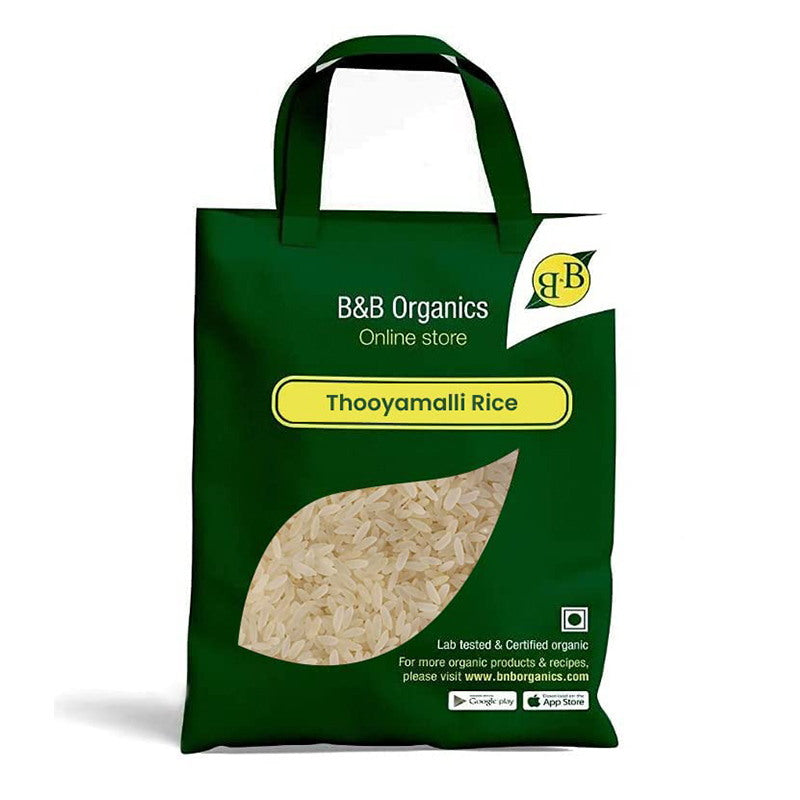Kichili Samba Parboiled rice, with its unique characteristics and texture, can be used to make sushi, although it is not the traditional choice for this Japanese delicacy. Sushi is traditionally made using short-grain rice, such as Japanese sushi rice, which has a sticky and slightly sweet texture when cooked. However, if you're looking to experiment and try something different, using Kichili Samba Parboiled rice can be an interesting and flavorful alternative.
When using Kichili Samba Parboiled rice for sushi, there are a few things to consider. Firstly, it's important to note that Kichili Samba Parboiled rice has a firmer texture and a less sticky consistency compared to traditional sushi rice. This means that the sushi rolls may not hold together as well as they would with sushi rice. However, with proper technique and adjustments, you can still create delicious sushi using Kichili Samba Parboiled rice.
To prepare Kichili Samba Parboiled rice for sushi, follow these steps:
Rinse the rice:
Start by rinsing the rice thoroughly in cold water to remove any excess starch. This will help achieve a better texture once cooked.
Cook the rice:
Follow the instructions on the packaging to cook the rice. Keep in mind that Kichili Samba Parboiled rice requires a longer cooking time compared to sushi rice. Use the appropriate water-to-rice ratio and cook until the rice is tender but still firm.
Season the rice:
Once the rice is boiled, transfer it to a large bowl and let it cool slightly. While the rice is still warm, season it with a mixture of rice vinegar, sugar, and salt. This will add flavor and help create a sticky texture.
Let the rice cool:
Allow the seasoned rice to cool completely before using it for sushi. This will help the rice firm up and become easier to work with.
Assemble the sushi:
Now, you can start assembling your sushi rolls using the Kichili Samba Parboiled rice. Lay a sheet of seaweed (nori) on a bamboo sushi mat and spread a thin layer of rice evenly over the nori, leaving a small border at one end. Add your desired fillings, such as fish, vegetables, or tofu, and roll the sushi tightly using the sushi mat.
While Kichili Samba Parboiled rice may not provide the exact texture and stickiness of traditional sushi rice, it can still add a unique flavor and texture to your sushi rolls. The slightly firmer texture of the rice can offer a pleasant chewiness and a nutty flavor that compliments the other ingredients.
Ultimately, whether you choose to use Kichili Samba Parboiled rice for sushi or opt for traditional sushi rice is a matter of personal preference. It can be a fun and experimental twist to try using this rice variety for sushi, but if you're looking for an authentic sushi experience, using traditional sushi rice would be the recommended choice.
Remember to enjoy the process of creating your sushi rolls and experimenting with different flavors and ingredients. The most important thing is to savor the final result and appreciate the unique flavors that Kichili Samba Parboiled rice brings to your sushi creations.












